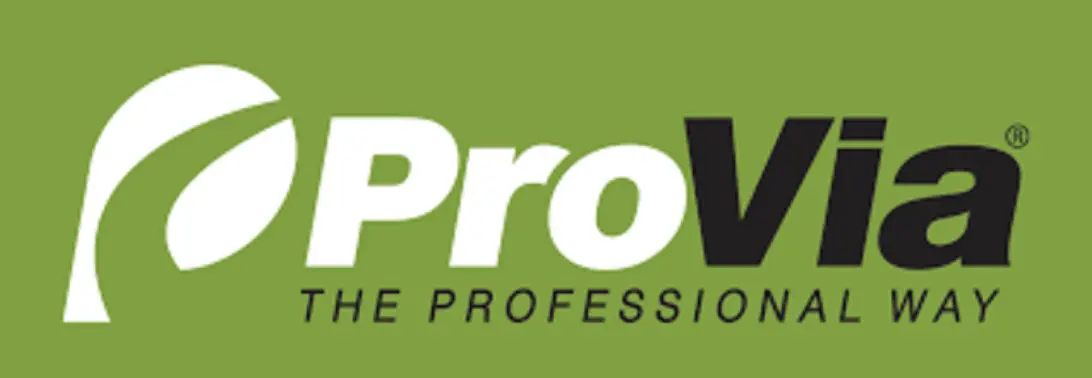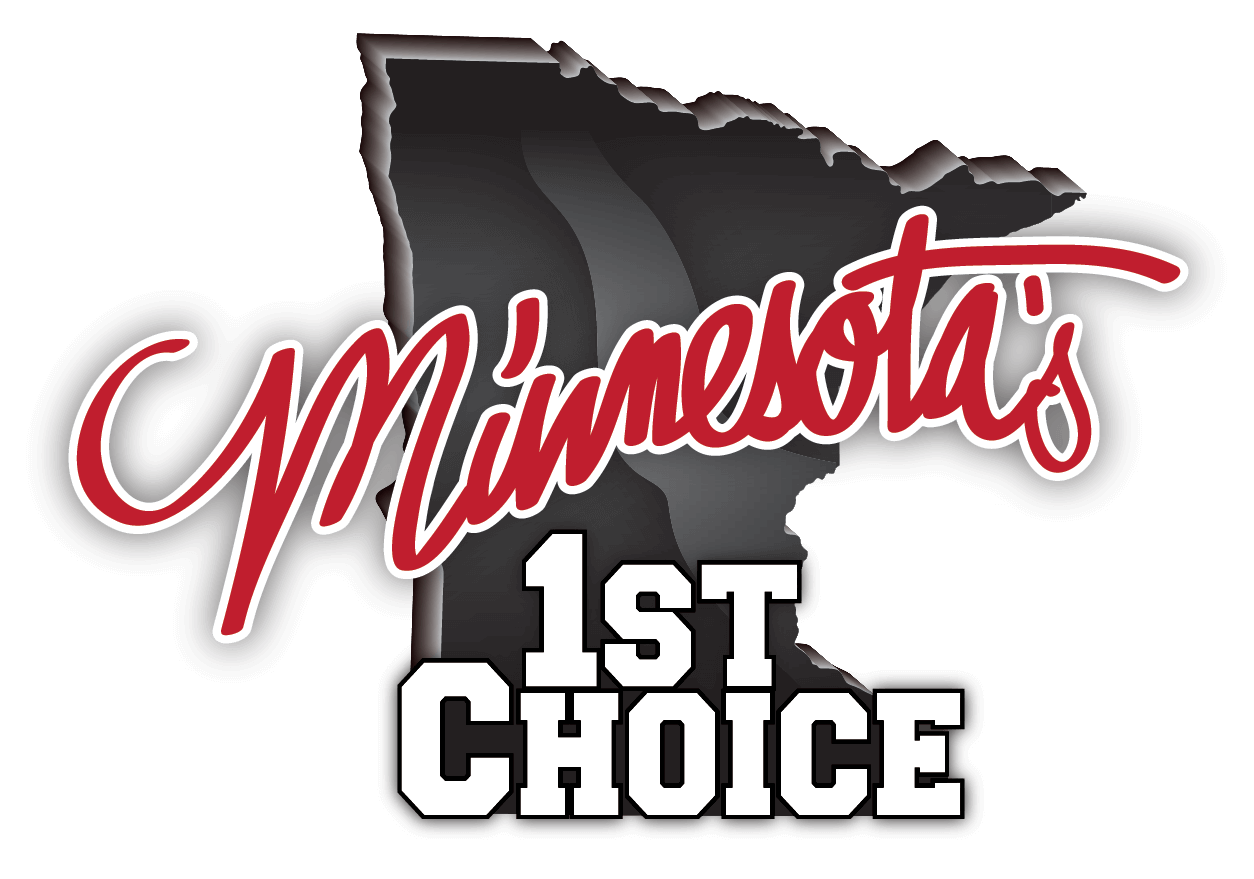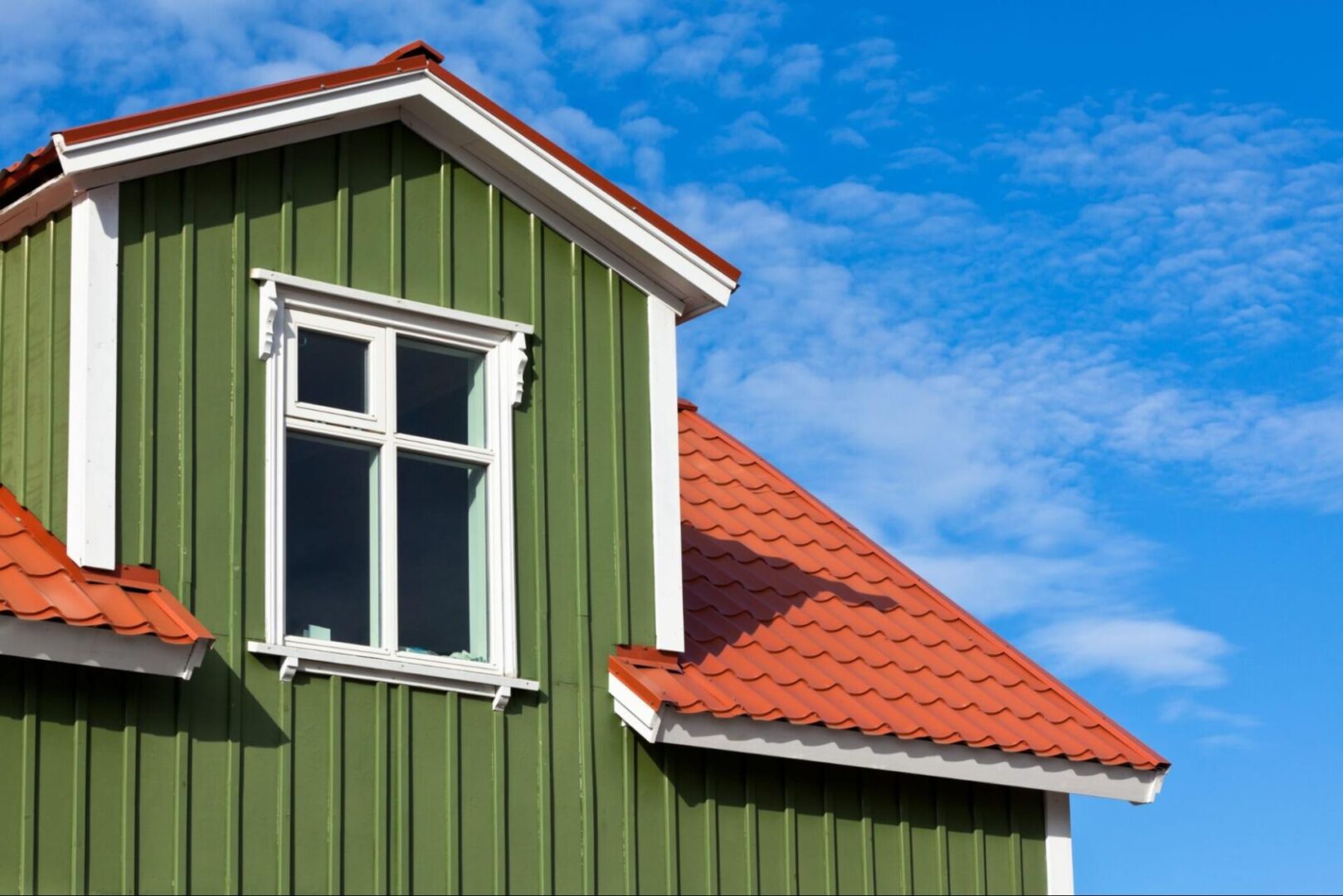
Choosing the perfect exterior siding combines practicality with the opportunity to enhance a home’s curb appeal. For homeowners seeking a balance between cost, durability, and aesthetics, the right siding choice can transform a property while keeping expenses manageable. Different materials offer unique benefits, catering to various preferences and budgets. Investing in a siding option that provides beauty and resilience ensures long-term satisfaction and value. Exploring cost-effective materials can uncover options that deliver style and functionality without compromising quality.
Understanding the Factors That Affect Exterior Siding Costs
Exterior siding protects a home and provides an aesthetic upgrade. Choosing the right material requires balancing cost, durability, and maintenance. Prices vary based on material choice, installation complexity, and long-term upkeep. Examining these elements helps homeowners make cost-effective decisions without compromising quality.
Material Costs
Different siding materials come at varying price points, affecting the overall budget. Vinyl remains one of the most affordable options, while fiber cement and engineered wood fall within a mid-range price category. Premium choices like natural wood and brick cost significantly more due to their sourcing and manufacturing processes. Weighing upfront expenses against long-term value determines the best investment for a home.
Installation Expenses
The complexity of installation directly influences labor costs, which can sometimes exceed the price of the material itself. Vinyl and metal siding offer easier installation, reducing labor fees, while fiber cement and stucco require skilled professionals, increasing expenses. Heavier materials like brick and stone demand specialized tools and expertise, raising the overall cost. Selecting a material with simple installation can lower initial expenses.
Maintenance and Longevity
Upkeep requirements impact long-term affordability, making some materials more cost-effective over time. Vinyl and fiber cement demand minimal maintenance, while wood siding needs regular sealing or painting to prevent rot and insect damage. Metal siding resists fire and pests but may dent over time, requiring occasional repairs. Factoring in maintenance costs ensures a siding choice that remains budget-friendly in the long run.
Energy Efficiency and Insulation
Some siding materials enhance energy efficiency by improving insulation and reducing heating and cooling costs. Insulated vinyl, fiber cement, and stucco offer better thermal resistance, leading to savings on utility bills. Metal and standard vinyl provide less insulation but can be paired with additional layers. A well-insulated home reduces energy expenses, making the initial investment in efficient siding more worthwhile.
Climate and Environmental Factors
Weather conditions play a major role in siding durability and maintenance needs. Areas with extreme temperature fluctuations require materials that expand and contract without cracking, such as fiber cement. Humid regions benefit from mold-resistant siding like vinyl or stucco, while metal siding withstands harsh winds and fire-prone zones. Choosing a material suited to the local climate prevents premature wear and replacement costs.
Resale Value and Home Aesthetics
Siding affects a property’s curb appeal, influencing its market value. High-quality materials like fiber cement and engineered wood enhance a home’s appearance and attract buyers, increasing resale potential. Vinyl offers a budget-friendly aesthetic upgrade, but lower-end options may not add as much value. Investing in visually appealing siding can yield a better return when selling the property.
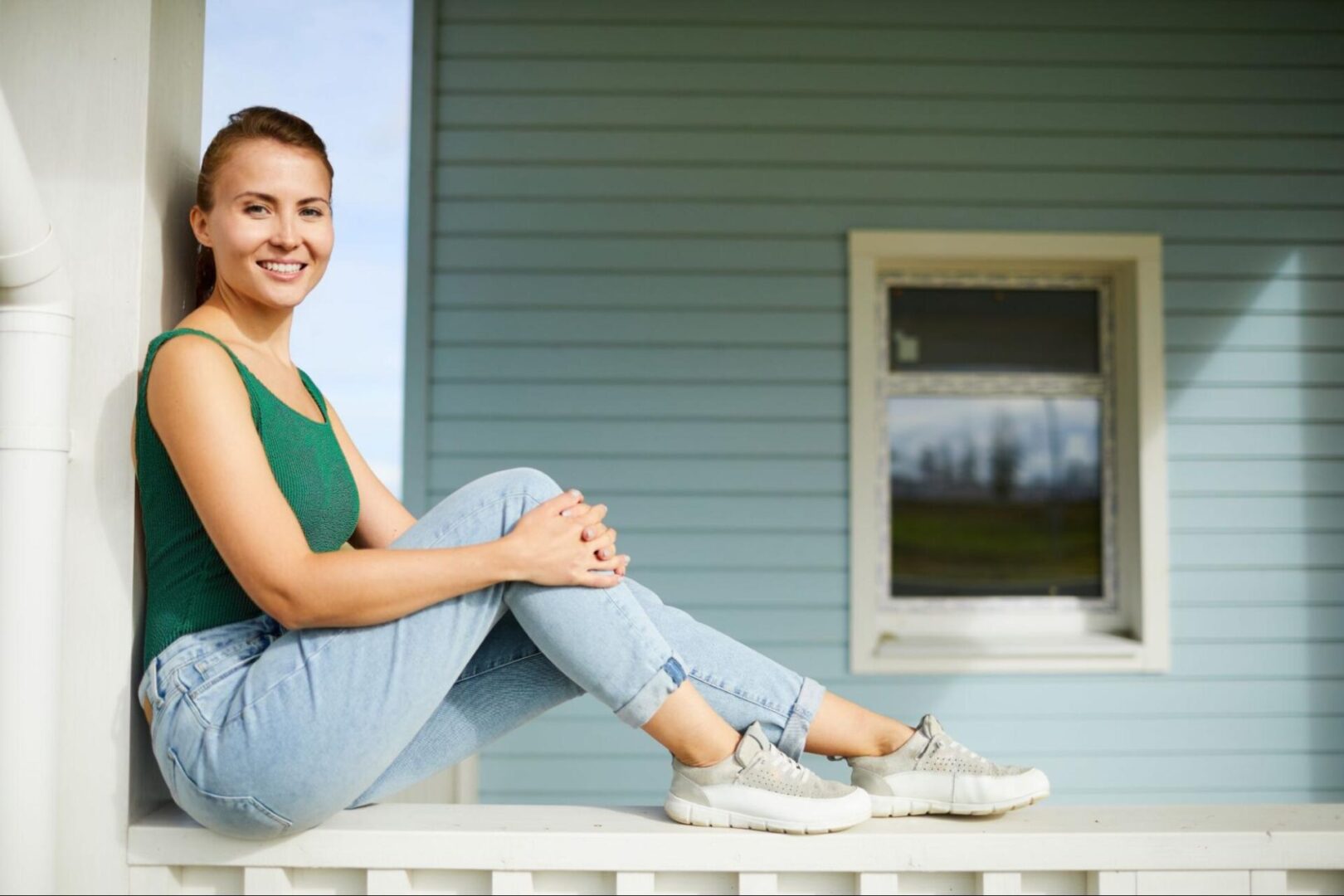
The Most Cost-Effective Exterior Siding Options
Choosing the right siding for a home is about affordability, durability, and visual appeal. Exterior siding has the potential to transform a house’s look while offering practical benefits like energy efficiency and weather resistance. Homeowners can explore cost-effective materials that meet their design preferences and budget without compromising quality. Each option has unique advantages, making it an appealing choice for different styles and climates.
Vinyl Siding
Vinyl siding remains one of the most budget-friendly and popular options for homeowners. Its lightweight nature makes installation straightforward, which helps keep labor costs low. Available in various colors, textures, and designs, vinyl siding can mimic the appearance of wood or stone for a fraction of the price. It is highly resistant to moisture, pests, and fading, making it a low-maintenance solution for many climates. Regular cleaning with a garden hose is usually enough to keep it looking new. Despite its affordability, vinyl siding offers a polished, modern finish that suits various architectural styles.
Fiber Cement Siding
Fiber cement siding provides exceptional durability and a premium look without the high price tag. This material is made from a mix of cement, sand, and cellulose fibers, offering resistance to fire, pests, and harsh weather conditions. Its ability to mimic natural wood makes it a popular choice for homeowners seeking elegance at an affordable cost. Fiber cement siding requires minimal maintenance, only occasional repainting to maintain its appearance. Its installation may require a skilled professional, but the long-term benefits outweigh the upfront costs. With its balance of beauty and strength, fiber cement siding is a smart investment for any home.
Engineered Wood Siding
Engineered wood siding combines the charm of natural wood with added durability and affordability. Crafted from wood fibers bonded with resin, this material resists rotting, warping, and insect damage better than traditional wood. Its lightweight nature makes it easier and less expensive to install, enhancing its cost-effectiveness. Engineered wood siding can be pre-finished or painted in various colors to suit different preferences. It delivers a warm, classic look while offering better performance in humid or wet climates. This siding option is perfect for homeowners who love the appearance of wood without the maintenance demands.
Aluminum Siding
Aluminum siding offers a lightweight and durable solution for exterior cladding. Its affordability, resistance to rust, and ability to withstand extreme weather conditions make it a practical choice for homeowners. Aluminum siding is available in various colors and finishes, including styles that mimic wood grain for a sophisticated appearance. Its reflective properties improve energy efficiency by keeping homes cooler during hot seasons. Regular cleaning and occasional repainting are all necessary to maintain its look over time. This siding option is excellent for those seeking a modern, low-maintenance exterior.
Stucco Siding
Stucco siding provides a timeless, seamless finish that works well in various architectural styles. Made from a mixture of cement, sand, and water, stucco offers excellent durability and energy efficiency, especially in warmer climates. Its natural resistance to heat and sun damage makes it a cost-effective option for homes in arid regions. Stucco can be customized with different textures and colors, adding unique character to any home. While the installation process requires skilled labor, its long lifespan and low maintenance needs make it a worthwhile investment. Stucco siding remains a popular choice for its blend of affordability and elegance.
Brick Veneer Siding
Brick veneer siding provides the sophisticated look of solid brickwork without the high cost and heavy weight. This siding option involves a single layer of thin bricks attached to the home’s exterior, making installing it easier and less expensive. Brick veneer is highly durable, resistant to fire, and requires minimal maintenance, needing only occasional cleaning to remove dirt or mildew. It adds a timeless, elegant appearance that enhances curb appeal and home value. This siding choice is particularly suited for homeowners who want the classic beauty of brick without the structural challenges or expense of traditional brick construction.
Estimated Cost of the Affordable Exterior Siding Options
Choosing an exterior siding material involves balancing affordability with durability and aesthetics. Some options offer a low upfront cost but require frequent maintenance, while others have a higher initial price but lower long-term expenses. Estimating costs helps homeowners plan their budgets and avoid unexpected expenses. Comparing different materials allows for a well-informed decision, maximizing savings and longevity.
Vinyl Siding
Vinyl siding remains one of the most budget-friendly options, with costs ranging from $3 to $8 per square foot, including installation. The lightweight material makes installation easier and faster, reducing labor costs. Minimal maintenance keeps expenses low, as it only requires occasional cleaning instead of repainting or sealing. A wide variety of colors and styles provides flexibility in achieving a desired look without additional customization costs.
Fiber Cement Siding
Fiber cement siding typically costs between $6 to $12 per square foot, making it a mid-range option. Installation requires specialized labor due to the material’s weight and cutting process, increasing the overall expense. Durability makes up for the higher upfront cost, as it resists fire, pests, and moisture damage. Longevity and minimal maintenance make it a cost-effective choice for homeowners looking for long-term value.
Engineered Wood Siding
Engineered wood siding ranges from $5 to $10 per square foot, providing the appearance of real wood at a lower cost. The material is lighter and easier to install than traditional wood, reducing labor fees. Periodic sealing or repainting is necessary to maintain its appearance and prevent moisture damage. Despite the maintenance needs, it offers a natural look at a fraction of the price of solid wood.
Metal Siding
Aluminum and steel siding cost between $4 to $10 per square foot, depending on the type and finish. The lightweight design makes installation relatively straightforward, keeping labor expenses reasonable. Resistance to fire, pests, and rot reduces long-term repair and replacement costs. Some metal siding may dent over time, but proper installation and protective coatings help minimize damage.
Stucco Siding
Stucco siding costs between $6 and $9 per square foot, making it a reasonable option for certain climates. Its application requires skilled labor, increasing initial expenses, but its longevity offsets the upfront investment. Sound insulation properties help regulate indoor temperatures, reducing heating and cooling costs. Periodic maintenance may be needed to repair cracks, but it remains a durable and affordable choice.
Wood Siding (Plywood and Cedar Shakes)
Economical wood siding options like plywood and cedar shakes range from $5 to $12 per square foot. Plywood is one of the cheapest natural-looking siding materials but requires regular sealing or painting to prevent rot. Cedar shakes cost more due to their durability and aesthetic appeal but still offer a lower price than premium wood siding. Maintenance demands are higher than those of other materials, making long-term costs a key factor in the decision.
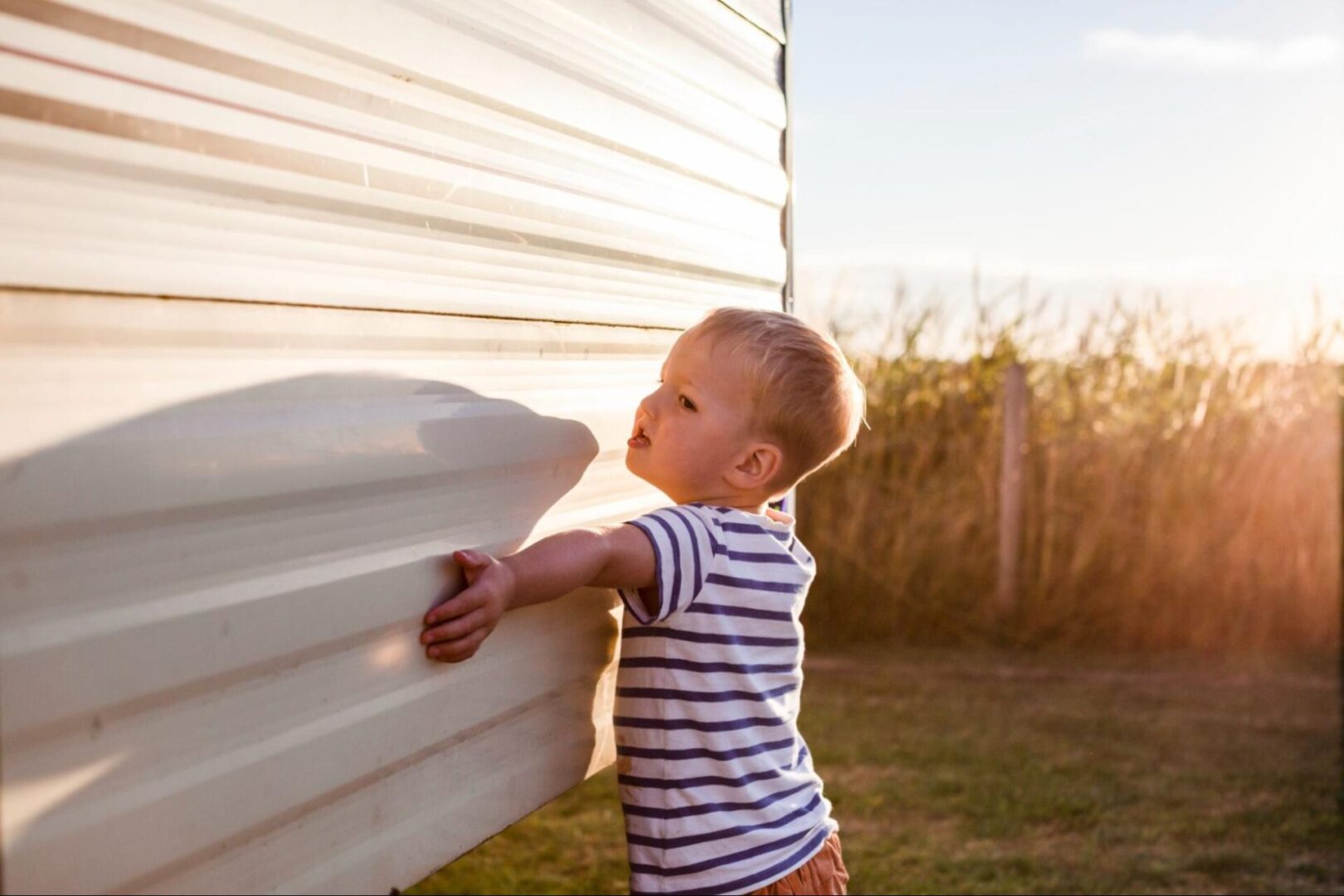
Maximizing Home’s Potential With the Exterior Siding Options
Investing in the most cost-effective exterior siding options is a smart way to enhance your home’s overall appeal, efficiency, and durability while staying within budget. Each siding material offers a unique blend of features, allowing homeowners to select options that suit their style, climate, and maintenance preferences. By prioritizing both functionality and aesthetics, cost-effective siding ensures long-term satisfaction, reducing the need for frequent repairs or updates. Making an informed decision about siding materials will not only elevate the look of your property but also provide reliable protection and value for years to come.
Get expert tips and insights by visiting our Minnesota’s 1st Choice Replacement Windows and Doors blog.
